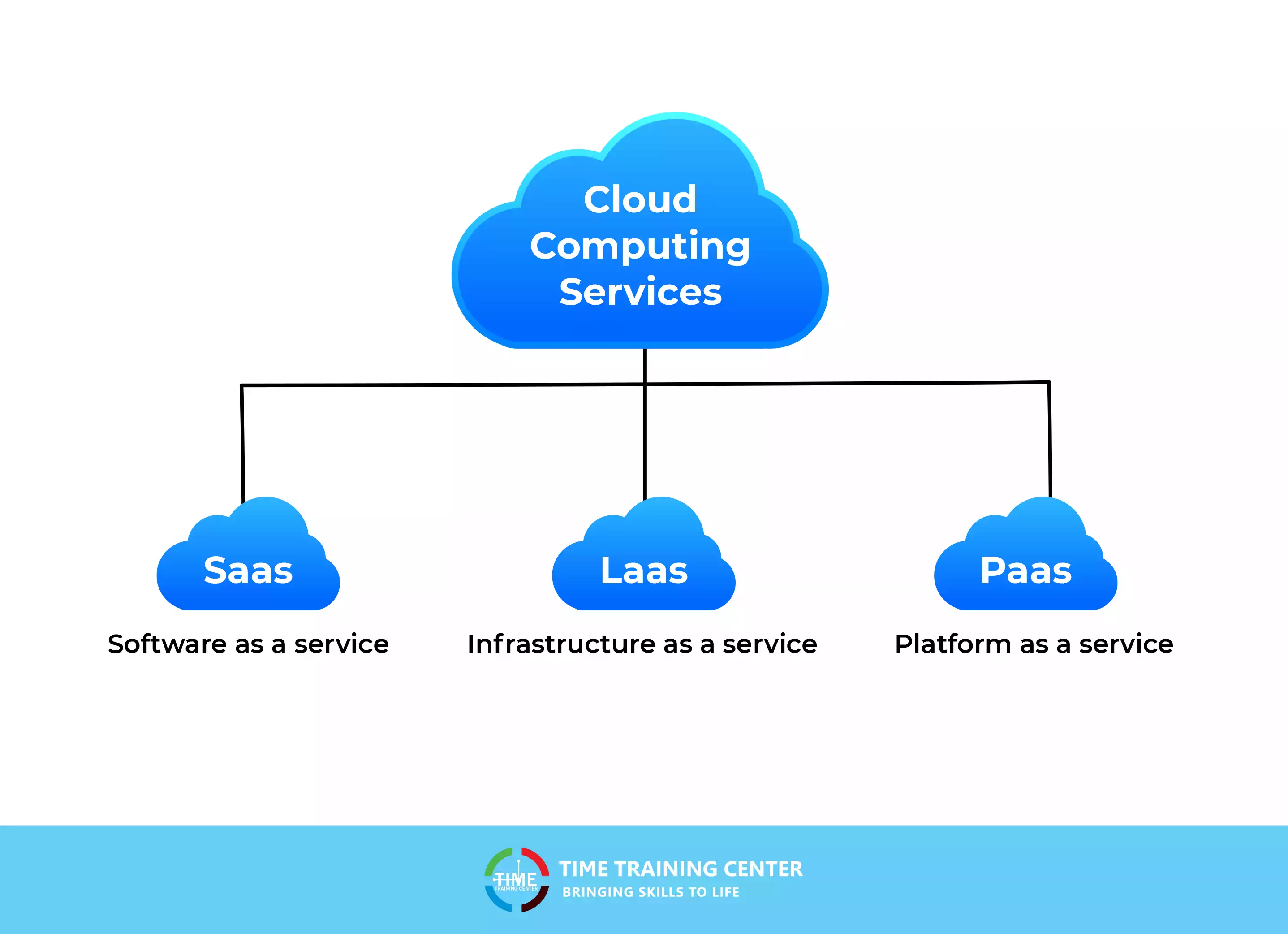LinkDaddy Cloud Services Decoded: Expert Insights right into Universal Cloud Service Advancements
LinkDaddy Cloud Services Decoded: Expert Insights right into Universal Cloud Service Advancements
Blog Article
Simplify Your Infrastructure With Cloud Solutions
As services browse the ever-evolving landscape of technology and data monitoring, the role of cloud services in streamlining framework has actually become significantly popular. How can companies successfully browse this change and absolutely unlock the potential of cloud services for simplifying their infrastructure?
Benefits of Cloud Provider
Cloud services provide a streamlined method to handling IT facilities, supplying organizations with flexibility, scalability, and cost-efficiency. One of the essential benefits of cloud services is the scalability they supply. Businesses can quickly scale their resources up or down based upon need, ensuring they only pay for what they use. This flexibility is specifically beneficial for services with rising and fall demands or those experiencing development.
In addition, cloud services remove the need for organizations to purchase pricey software and hardware. This cost-efficiency is a substantial advantage, specifically for little to medium-sized ventures seeking to reduce ahead of time expenses. By making use of cloud services, organizations can access high-quality IT sources without the significant price connected with typical facilities arrangements.
In addition, cloud services offer businesses with the adaptability to access their information and applications from anywhere with an internet connection. This level of access boosts collaboration among teams, makes it possible for remote work, and increases overall efficiency. The flexibility used by cloud solutions encourages organizations to adjust swiftly to altering market problems and client needs.
Price Cost Savings and Scalability
Along with the operational benefits highlighted earlier, the combination of cloud services into a company's infrastructure generates substantial cost financial savings and enhanced scalability. Cloud solutions use a pay-as-you-go model, allowing services to range sources up or down based upon existing requirements, consequently avoiding the costs connected with keeping excess capability. This flexibility enables firms to adjust promptly to fluctuating demands without sustaining unneeded costs.
Furthermore, cloud services get rid of the requirement for upfront investments in software and hardware, lowering capital investment. Operating expenses are also minimized as firms no longer need to manage and maintain physical web servers, causing lower energy consumption and IT staffing prices. Furthermore, cloud services provide automatic updates and upkeep, making sure that the infrastructure continues to be current and safe and secure without needing hands-on interventions.
Boosted Safety Procedures
Implementing stringent safety and security steps is paramount when incorporating cloud solutions into a company's facilities to secure sensitive data and guarantee conformity with sector laws. Cloud solution providers provide enhanced safety and security functions such as information encryption, firewall protection, and multi-factor verification to mitigate cybersecurity threats.
Moreover, regular safety audits and compliance evaluations aid guarantee and identify vulnerabilities adherence to market criteria. Companies can additionally benefit from functions like automated security updates and real-time risk monitoring given by cloud company. By prioritizing security measures and remaining aggressive in resolving prospective threats, organizations can confidently take advantage of cloud services while protecting their important information from unapproved access or violations.
Transitioning to Cloud Facilities
To effectively integrate cloud solutions right into a company's framework, a structured technique that addresses the shift in the direction of cloud-based options is necessary. Transitioning to shadow framework entails mindful planning and execution to make certain a smooth movement procedure. The initial step is to assess the existing framework and figure out which applications and systems appropriate for migration to the cloud. This assessment should consider aspects such as data level of sensitivity, compliance requirements, and performance demands.
As soon as the analysis is full, a migration technique ought to be established. This method should detail the timeline, sources, and responsibilities for moving each component to the cloud. It is necessary to connect this plan clearly to all stakeholders to guarantee alignment and decrease disturbances during the transition.
During the movement screening, surveillance and procedure are essential to identify and deal with any kind of problems immediately. Normal checkpoints need to be developed to track progress and make required adjustments. Additionally, training for employees on using cloud services ought to be given to make certain an effective shift and make the most of the advantages of the cloud services press release new facilities.
Ideal Practices for Cloud Fostering
Effective fostering of cloud solutions hinges on the critical alignment of company objectives with technological abilities and business preparedness. To ensure a smooth shift to the cloud, organizations ought to begin by carrying out a detailed evaluation of their existing facilities and recognizing which workloads are best fit for cloud migration. It is critical to involve vital stakeholders from various divisions in the decision-making procedure to obtain buy-in and resolve any type of issues early.
Another best technique for cloud fostering is to prioritize security and conformity. Organizations needs to carefully evaluate the safety measures used by cloud company and guarantee that their information is secured according to industry requirements and governing needs. Carrying out robust information file encryption, accessibility controls, and routine security audits can aid alleviate risks connected with cloud fostering.

Verdict
As services navigate the ever-evolving landscape of innovation and data monitoring, the role of cloud solutions in streamlining framework has come to be increasingly prominent - Cloud Services. Exactly how can services effectively navigate this transition and absolutely unlock the capacity of cloud services for streamlining their framework?
Cloud solutions offer a structured method to managing IT facilities, supplying organizations with scalability, adaptability, and cost-efficiency. By utilizing cloud solutions, companies can access premium IT sources without the significant price tag connected with typical infrastructure configurations.
To guarantee a smooth transition to the cloud, companies must start by carrying out a detailed analysis of their current facilities and determining which work are best fit for cloud movement.
Report this page